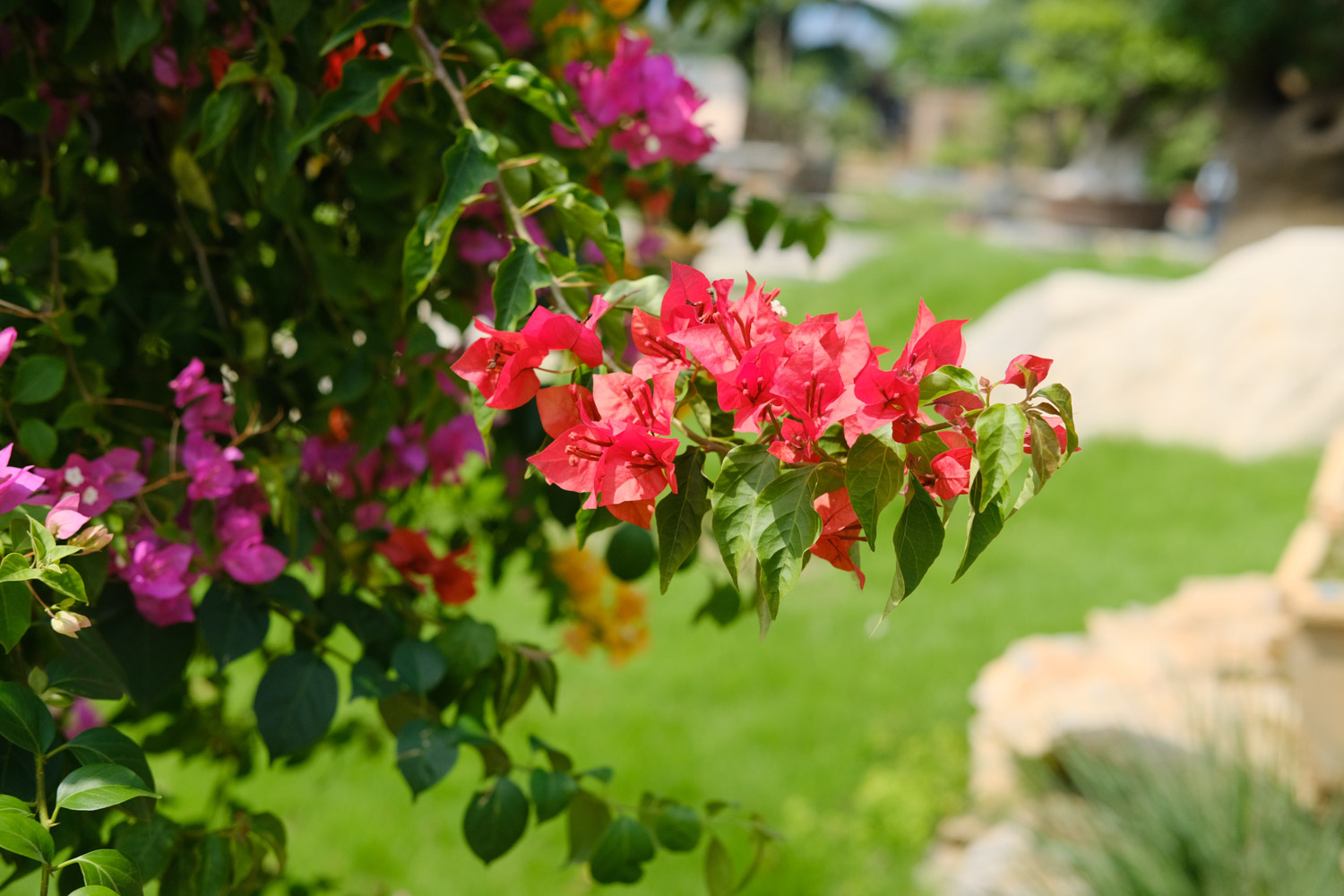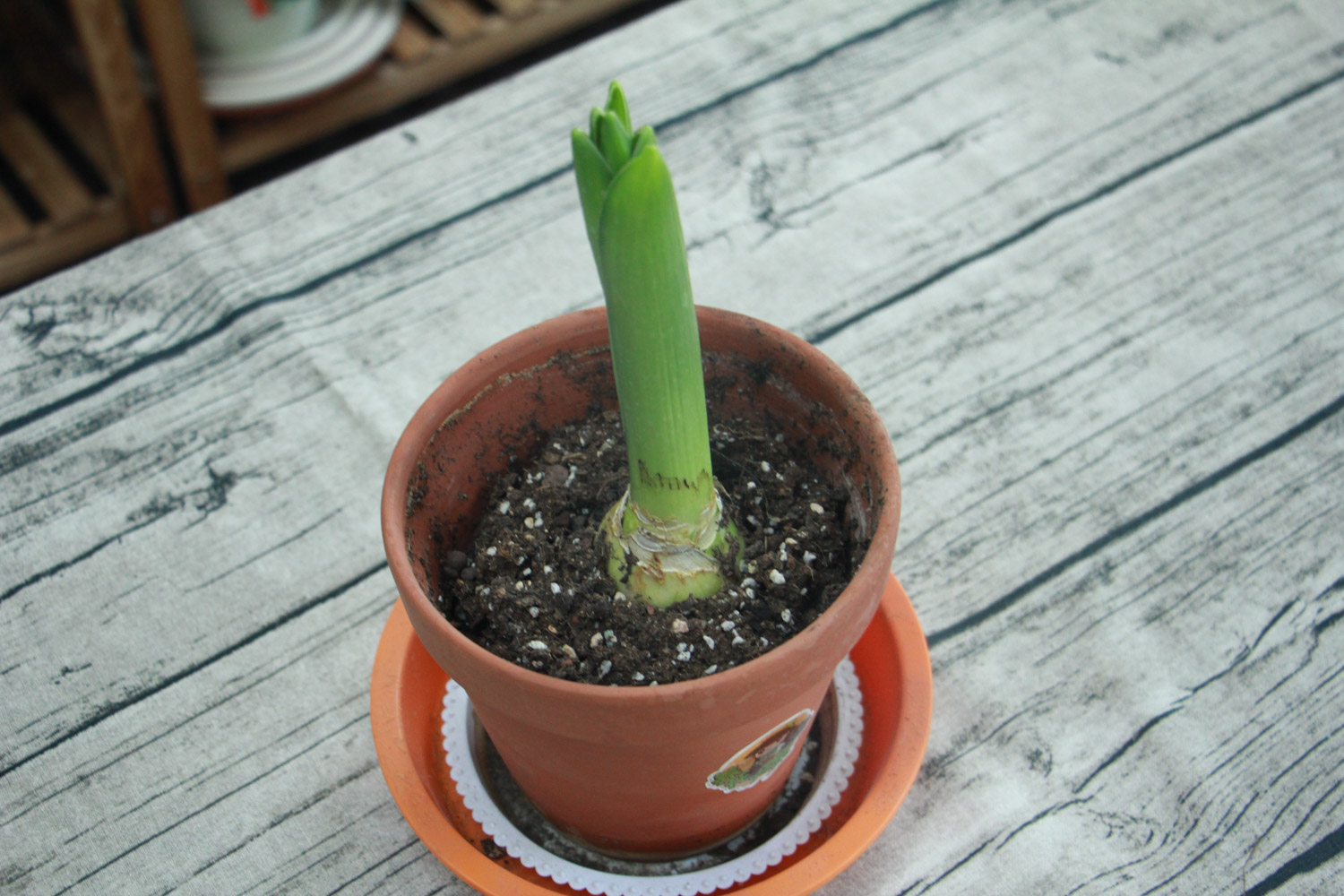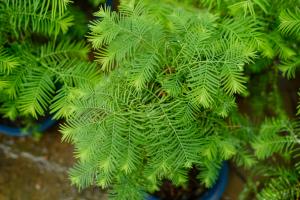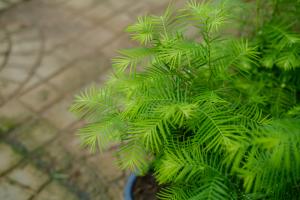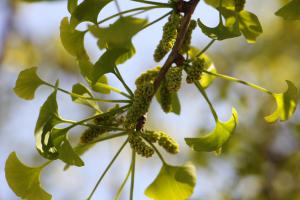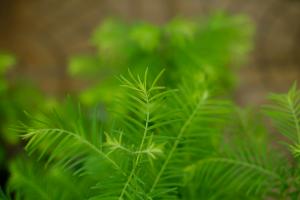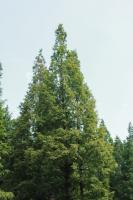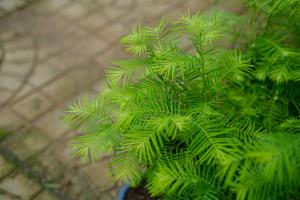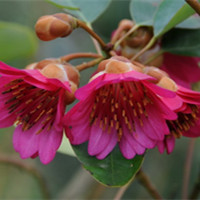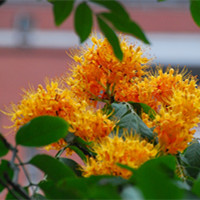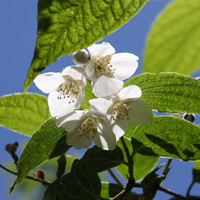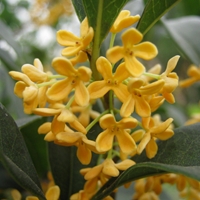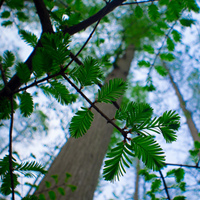Metasequoia
Cyathena spinulosa, scientific name: Metasequoiaglyptostroboides Hu & amp; W. C. Cheng
Metasequoia
Gymnosperms of the genus Metasequoia in the family Taxodiaceae
Geographical distribution of Metasequoia
Metasequoia glyptostroboides can be cultivated in the south of Beijing. It grows well at the junction of Hubei, Chongqing and Hunan. The vertical distribution is generally 750 ~ 1500 meters above sea level
Morphological characteristics of Metasequoia glyptostroboides
Metasequoia glyptostroboides is a deciduous tree, which can be up to 35 meters high and 2.5 meters in diameter, with opposite branchlets. The leaves are linear, opposite and pinnate compound leaves. The upper surface of the leaves is light green and the lower surface is light. There are two 4-8 light yellow stomatal bands along the midvein. The bark of Metasequoia glyptostroboides is grayish brown, the young bark will crack into thin slices and fall off, and the mature bark will crack into strips and fall off; Metasequoia lanceolata is monoecious. Cones pendulous, subglobose, slightly 4-ribbed, with long stalks; Seed scales woody, peltate, seeds flat, with narrow wings around. The flowering period of Metasequoia glyptostroboides is in late February, and the cones mature in November
Metasequoia growth environment
Metasequoia like warm and humid climate conditions. It mostly occurs in places with flat terrain, deep soil layer, moist or slightly ponding. Acidic mountain yellow soil, purple soil or alluvial soil are suitable for its growth; The optimum growth temperature of Metasequoia glyptostroboides is about 18 ℃, which is cool in summer and can grow with snow but not cold in winter; Metasequoia glyptostroboides has a pleasant light, is not resistant to barren and drought, and its growth speed is often dominated by soil moisture. It is easy to survive transplanting. In places with long-term ponding, the plant grows slowly, and the base of the trunk is usually expanded and has longitudinal edges


